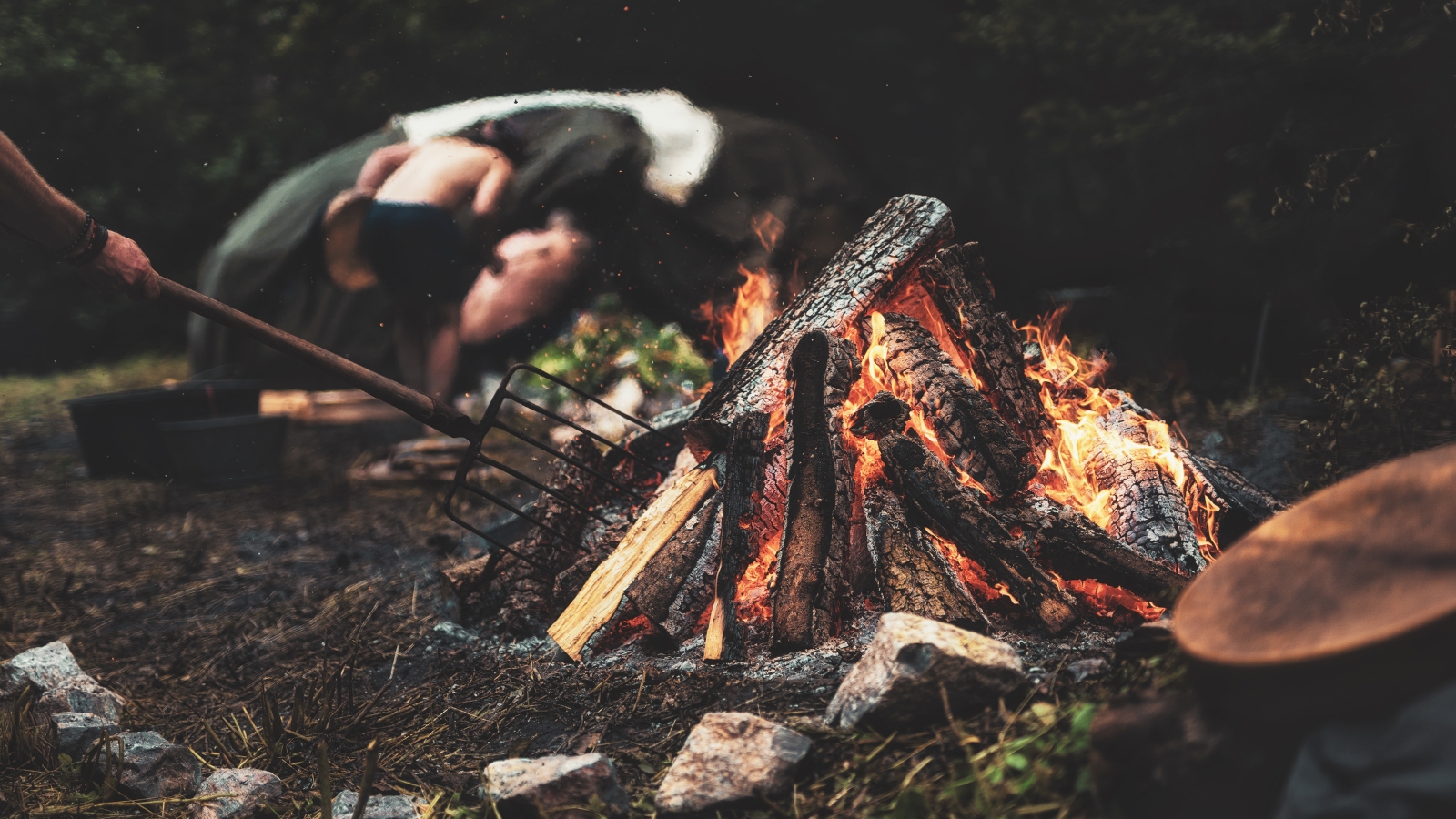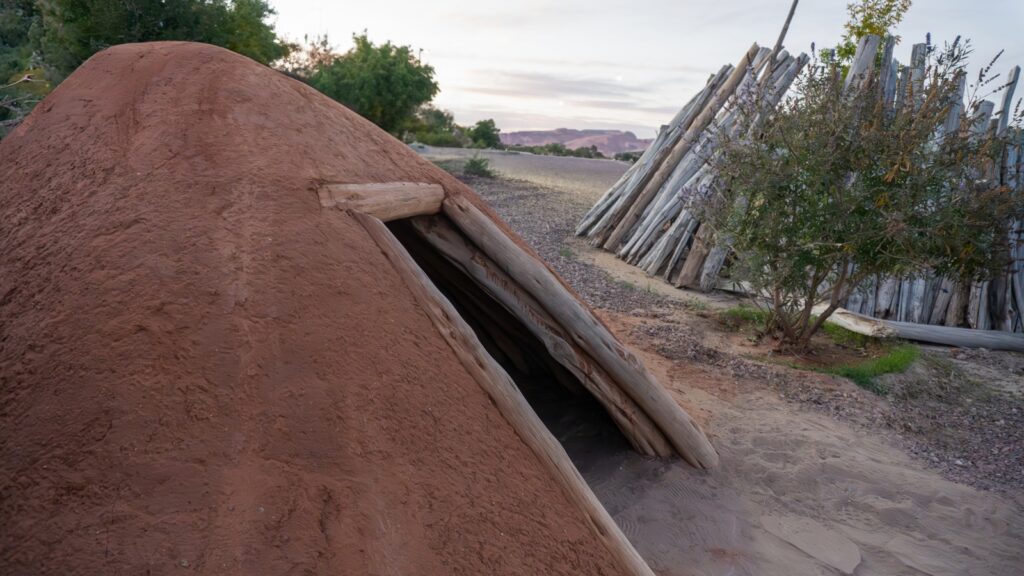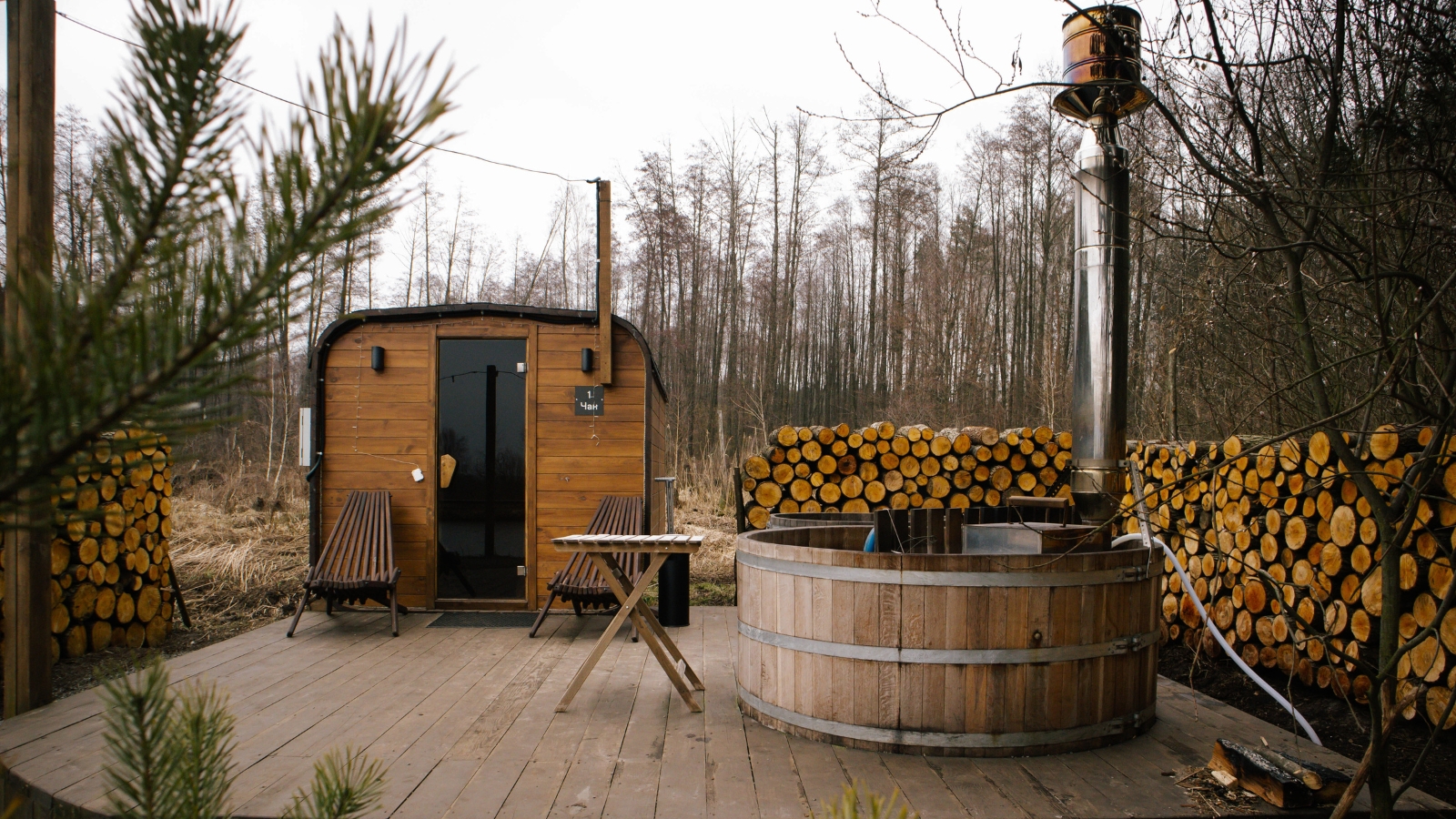Intention: To explore how sauna and sweat lodge experiences can serve as powerful tools for expanding consciousness and fostering deeper connections with oneself and the environment.
Heat has been a powerful element in human history, shaping rituals, social practices, and personal well-being. Saunas and sweat lodges are two ancient traditions that leverage heat for physical and spiritual benefits. These practices offer more than just a way to cleanse the body; they provide pathways to deeper states of consciousness and emotional healing.
Today, you can visit spas with salt caves, hot and cold pools, salt scrub rooms, steam rooms, and various types of saunas. Many people have saunas in their homes or available with a gym membership. But long before any of the fancy spa environments, there has always been heat.
Heat has long been revered in various cultures for its transformative and purifying properties. Both saunas and sweat lodges use heat as a central element to facilitate not only physical detoxification but also spiritual and emotional cleansing. The intense heat and steam generated in these practices create an environment that fosters introspection, community bonding, and spiritual renewal. This section explores the deep-seated cultural significance and ritualistic uses of heat across different societies.

Origins of Saunas
Saunas, with a history that stretches back over 2,000 years, have their roots in the Nordic countries, particularly Finland. These steam baths were initially practical solutions to the harsh climates, but they soon evolved into essential components of daily life and culture.
Early Saunas and Their Evolution
The earliest saunas were simple pits dug into the ground, heated by stones. As the practice evolved, these primitive structures transformed into the wooden cabins we recognize today. Saunas were used for various purposes, including bathing, socializing, and conducting important discussions. The Finnish tradition of “löyly,” pouring water over hot stones to create steam, became a central ritual, symbolizing the purification of the body and soul.
Saunas in Modern Times
Today, saunas are integral to many wellness practices worldwide. They are common in health spas and wellness centers, often featuring modern innovations such as infrared heating. Despite these advancements, the core principles of sauna use—relaxation, detoxification, and social bonding—remain unchanged.

Origins of Sweat Lodges
Sweat lodges have a rich and profound history among Indigenous peoples of North America and ancient Mesoamerica. These structures, typically dome-shaped and covered with animal skins or blankets, have been used for centuries in purification and healing ceremonies.
Temazcal: Mesoamerican Roots
The temazcal originates from the Nahuatl language, meaning “house of heat.” This practice was prevalent among ancient Mesoamerican cultures, including the Aztecs and the Maya. The temazcal was used for medicinal purposes, spiritual ceremonies, and as a birthing space for women. It was believed that the heat and steam could purify the body, mind, and spirit, facilitating a deep connection with the divine.
North American Sweat Lodges
In North America, sweat lodges have been central to Indigenous spirituality and healing practices. These ceremonies are often led by an elder, shaman, or spiritual leader who guides participants through a process of purification and renewal. The sweat lodge is seen as a sacred space, representing the womb of Mother Earth.
The ceremony involves heating stones in a fire and placing them in a central pit within the lodge, where water is poured over them to create steam. The intense heat and steam facilitate deep physical detoxification and spiritual cleansing, guided by the songs, prayers, and intentions of the participants.

What Happens During a Sweat Lodge Ceremony?
Before entering the sweat lodge, participants engage in preparatory rituals such as smudging with sage to cleanse their aura and set personal intentions for the ceremony. This reflection helps focus on achieving or releasing specific physical, emotional, or spiritual goals.
The sweat lodge is a small, dome-shaped structure made from natural materials like willow branches, covered with hides, blankets, or tarps. The entrance often faces east to symbolize new beginnings. Inside, the dark and intimate space represents a return to the womb of Mother Earth, providing a setting for rebirth and renewal.
A shaman or spiritual leader guides the ceremony, maintaining the sacredness of the space and leading participants through each stage. This leader ensures that traditions and rituals are honored, drawing on extensive cultural and spiritual knowledge.
The Four Rounds
A sweat lodge ceremony typically consists of four rounds, each representing different elements and stages of life. These rounds are marked by adding hot stones to the central pit and pouring water over them to create steam, accompanied by prayers, songs, and chants.
- First Round – East (Air/Fire): Focus on new beginnings and clarity, with participants setting intentions and offering prayers for guidance.
- Second Round – South (Water): Emphasizes growth and purification, often the hottest round for deep cleansing.
- Third Round – West (Earth): Focus on introspection and wisdom, encouraging participants to reflect on their lives.
- Fourth Round – North (Air): Centers on wisdom and gratitude, with participants giving thanks for the insights gained.
Songs, Prayers, Sacred Herbs, and Intentions
Songs and prayers play a crucial role, often traditional and passed down through generations, invoking spiritual guidance and protection. Participants voice their prayers and intentions, creating a collective energy of healing and support.
Sacred herbs like sage and sweetgrass are burned to purify the space and participants, driving away negative energies and welcoming positive, healing energies.
Emotional and Spiritual Release
The intense heat and steam facilitate physical detoxification and emotional and spiritual release. Participants often experience a range of emotions, from joy and peace to the release of grief and trauma, essential for spiritual growth and healing.
Emergence and Reflection
After the final round, participants emerge from the lodge, often feeling reborn and renewed. Sharing reflections and experiences with the group fosters a sense of community and shared healing, helping to integrate the insights gained during the sweat.

Physiological Effects
While intense heat for prolonged periods may seem to pose some health risks, it actually has many more benefits when practiced safely.
Heat Exposure and the Body
Both saunas and sweat lodges utilize heat to promote detoxification. Sweating is the body’s natural way of eliminating toxins, and these practices enhance this process. Regular use of saunas has been linked to improved cardiovascular health, as the heat causes blood vessels to dilate, increasing circulation and reducing blood pressure.
Similarly, the intense heat of sweat lodges promotes the release of toxins through the skin, supporting overall detoxification.
Stress Reduction and Relaxation
The heat from saunas and sweat lodges induces a state of relaxation, reducing stress levels. This is partly due to the release of endorphins, the body’s natural feel-good hormones. The experience of sitting in a sauna or sweat lodge can be deeply meditative, providing a break from daily stresses and fostering a sense of inner peace.
Psychological Effects and Consciousness
The physical benefits of saunas and sweat lodges are well-documented, but the mental and emotional impacts are equally profound. These practices can significantly influence consciousness, fostering deeper self-awareness and emotional healing.
Altered States of Consciousness
One of the most intriguing aspects of saunas and sweat lodges is their ability to induce altered states of consciousness. The combination of intense heat and a meditative environment can lead to heightened awareness and introspection.
Many individuals report experiencing a deep sense of clarity and insight during these sessions. This altered state is similar to what is achieved through practices like meditation and yoga, where the mind becomes more attuned to the present moment.
Enhanced Intuition and Creativity
The altered states induced by heat can also enhance intuitive abilities. The introspective atmosphere of a sauna or sweat lodge makes it easier for participants to access inner wisdom and insight, often leading to moments of profound understanding.
Additionally, many individuals find that their creative thinking is stimulated during and after these sessions, leading to breakthroughs in problem-solving and artistic expression. This heightened creativity is likely due to the relaxation of mental barriers and the free flow of ideas facilitated by the meditative state.
Emotional Healing and Mental Clarity
Heat practices can facilitate emotional release and healing. The combination of physical detoxification and mental relaxation creates a space where suppressed emotions can surface and be processed. Participants often describe feeling lighter and more centered after a session, with a renewed sense of mental clarity and emotional balance.
The cathartic experience of a sweat lodge or sauna can help individuals confront and release deeply held emotional traumas, paving the way for personal growth and healing.
Historical and Cultural Perspectives
Throughout history, saunas and sweat lodges have been used not just for physical purification but also for spiritual and mystical experiences. Many cultures have historical references and anecdotes about visionary experiences or spiritual epiphanies encountered in these heat-induced states.
For example, some Indigenous cultures believe that the sweat lodge facilitates communication with the spirit world, offering guidance and wisdom. Similarly, in Finnish tradition, the sauna is seen as a sacred space where one can connect with one’s inner self and the natural world.
These historical and cultural perspectives underscore the significance of saunas and sweat lodges in fostering a deeper connection to oneself and the universe. By entering these sacred spaces, individuals can experience a profound transformation that goes beyond physical well-being, touching the very core of their consciousness.

Modern Practices and Adaptations
In today’s wellness landscape, saunas have become a staple in health spas and wellness centers. Modern saunas often incorporate technological innovations, such as infrared heating, which provides a gentler, more penetrative heat. These adaptations make saunas more accessible and appealing to a broader audience, while still offering the traditional benefits of heat therapy.
Sweat lodges are seeing a revival, with efforts to preserve and respect their traditional roots while adapting them to contemporary therapeutic settings. Many wellness retreats now offer sweat lodge experiences, guided by trained facilitators who honor the cultural significance of the practice. These modern adaptations focus on creating a safe, supportive environment for participants to explore personal growth and healing.

Common Themes: Heat as a Healing Element
Both saunas and sweat lodges emphasize the healing power of heat. Whether through the dry heat of a sauna or the steamy environment of a sweat lodge, these practices leverage the physiological and psychological benefits of heat exposure. They both serve as tools for detoxification, relaxation, and introspection, providing a holistic approach to well-being.
Despite their similarities, saunas and sweat lodges are rooted in distinct cultural contexts and rituals. Saunas are deeply embedded in Nordic culture, often associated with socializing and relaxation. Sweat lodges, on the other hand, are integral to Indigenous spirituality, with a strong focus on purification and spiritual connection. Each practice offers unique rituals and ceremonies that reflect their cultural heritage and spiritual beliefs.
These traditions provide more than just physical detoxification; they serve as gateways to deeper states of consciousness and emotional healing. By understanding and respecting the cultural significance and therapeutic potential of saunas and sweat lodges, we can incorporate these practices into modern wellness routines, enriching our lives and fostering a deeper connection to ourselves and the world around us.















